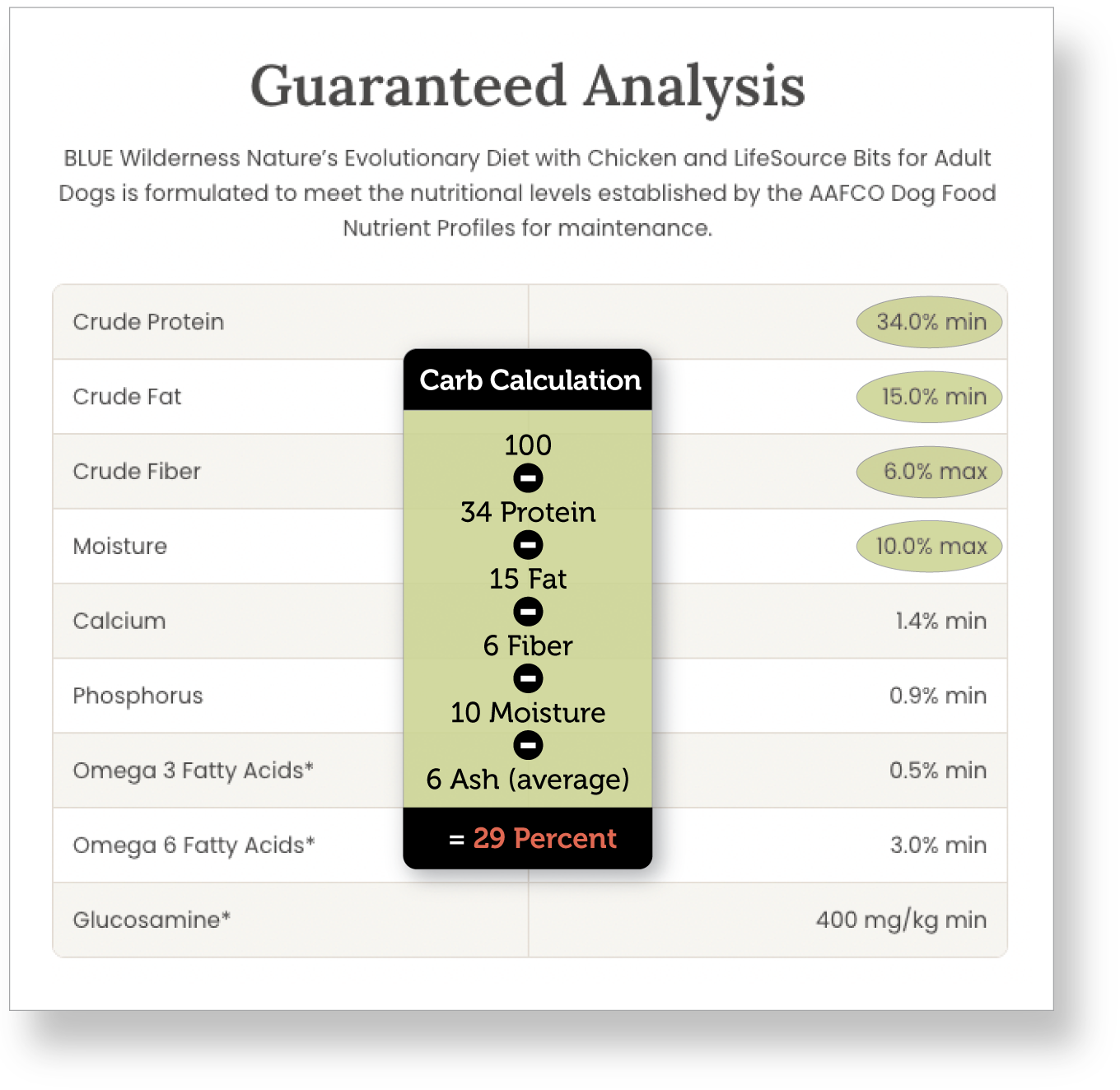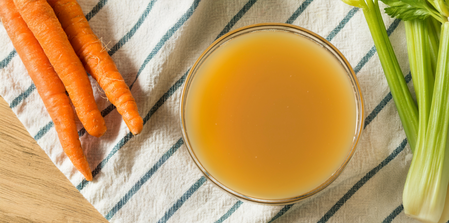The Sweet Truth About Carbs

If you're a health-conscious pet owner, you're probably already aware of the importance of checking your pet's food label for ingredients and nutritional value. You know that real meat should be the primary ingredient and how to spot misleading tactics like ingredient splitting.
But there's one more thing you need to pay attention to - the percentage of starchy carbs in your pet's food. Starchy carbs, which convert into sugar, are commonly found in cereal grains (such as wheat, barley, corn, rice, and soy), root vegetables (like potatoes and sweet potatoes), and legumes (including lentils, beans, and dried peas). They are often used as cheap filler ingredients in dry pet food to help bind everything together during processing.
However, consuming too many starchy carbs can lead to health problems for your furry friend, such as obesity, inflammation, nutritional deficiencies, and increased cancer risk. Over the past decade alone, obesity rates in dogs have increased by 150 percent due to excessive carb consumption. The truth is, dogs do not require any carbohydrates in their diet.
So how can you determine the percentage of carbs you're feeding your pup? Simply check your dog's food packaging for the Guaranteed Analysis table, calculate the percentage online, or follow this simple formula (also shown below): Subtract from 100 - Crude Protein - Crude Fat - Crude Fiber - Moisture - Ash (use 6% if not listed) the total value will be the percentage of starch (aka sugar) in your dog's food!

To ensure that your furry friend stays healthy and happy for years to come, aim for less than 20 percent carbs from starch in their food. Even better would be less than 15 percent or, ideally, less than 10 percent, according to guidelines from The Forever Dog.

By making small changes to your pet's diet now, you can increase their longevity, improve their overall well-being, and get the best nutrition for your money.



